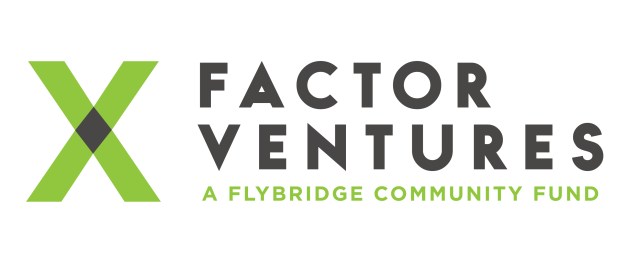Nobel Prize-winning Economist Robert Solow once quipped that “You can see the computer age everywhere but in the productivity statistics”. This famous observation has become known as the Productivity Paradox – the conundrum that economists face when trying to explain how is it that productivity in the US slowed down just as investments in information technology exploded in the 1980s and 1990s.
Today, we face a similar paradox, the AI Paradox. Just as corporations are investing billions of dollars in AI infrastructure, the actual impact and absorption of AI in the enterprise seems relatively muted.
Earlier this month, the MIT Technology Review published an excellent article entitled “This is why AI has yet to reshape most businesses”. Some of the themes rhymed with our recent post about the potential for Applied AI companies, but also the real adoption barriers. It is striking that, although AI has been a central area of focus for may enterprises for years, actual adoption has lagged the hype. PWC recently conducted a survey of 1000 enterprises that are currently implementing or investigating AI and learned that only 20% plan for enterprise-wide adoption in 2019. Many projects are thus still stuck in pilot purgatory.
This dichotomy between promise and reality points to the power of Applied AI startup companies that focus intensely on the path to the adoption, and absorption, of AI into the enterprise. Internally, we are calling this type of startup “AAA” grade – Absorbable, Applied AI.
Here’s why the approach of AAA startups matters so much in driving AI adoption::
- First, as the article points out, the “initial payoff is often modest” of AI projects. Thus, we think it is important for Applied AI companies to “manage expectations along the way, as many Applied AI use cases falter based on overselling the potential and customers expecting too much when in reality improvements come incrementally over time”.
- Second, the article mentions how if “companies don’t stop and build connections between such systems, then machine learning will work on just some of their data”, which strikes us as an approach a company focused solely on developing narrower, application-specific solutions can take as they can often derive insights gleaned from data that reflects “the real-world variance and dimensionality of the problem space” and can work aggressively with “input from domain experts to identify the logical gaps that exist and how to fill those gaps”.
- Third, as “Ninety percent of the work is actually data extraction, cleansing, normalizing, wrangling”, this provides an advantage to third-party Applied AI companies, as opposed to internal DIY AI efforts, as the third party application provider–which are typically cloud-based platforms that scale across customers—is able to leverage this data wrangling cost across a wide swath of enterprises.
- Finally, the article points to several aspects that impede adoption including how end users need to be “attuned to how AI works and where its blind spots are” and how “In order for them to trust its judgments, they needed to have input into how it would work” which is why we feel it is critical for Applied AI companies to combine domain expertise with technical expertise, carefully collect the domain-specific requirements and use cases, use those requirements to “instantiate the models into a broader application that fits into customer’s broadly defined workflows”, and make transparency and explainability a core feature of the application, not an afterthought.
If AI startups can apply these AAA techniques, they are going to continue to achieve superior customer traction as compared to their competitors. And, in doing, attract plenty of attention from AI-focused venture capital firms like Flybridge!









 Flybridge held our CEO UnSummit earlier today for all the leaders of our portfolio companies. It was a fabulous day and full of energy, and we will be posting more on some of the many insights these phenomenal leaders had about their companies and best practices.
Flybridge held our CEO UnSummit earlier today for all the leaders of our portfolio companies. It was a fabulous day and full of energy, and we will be posting more on some of the many insights these phenomenal leaders had about their companies and best practices.